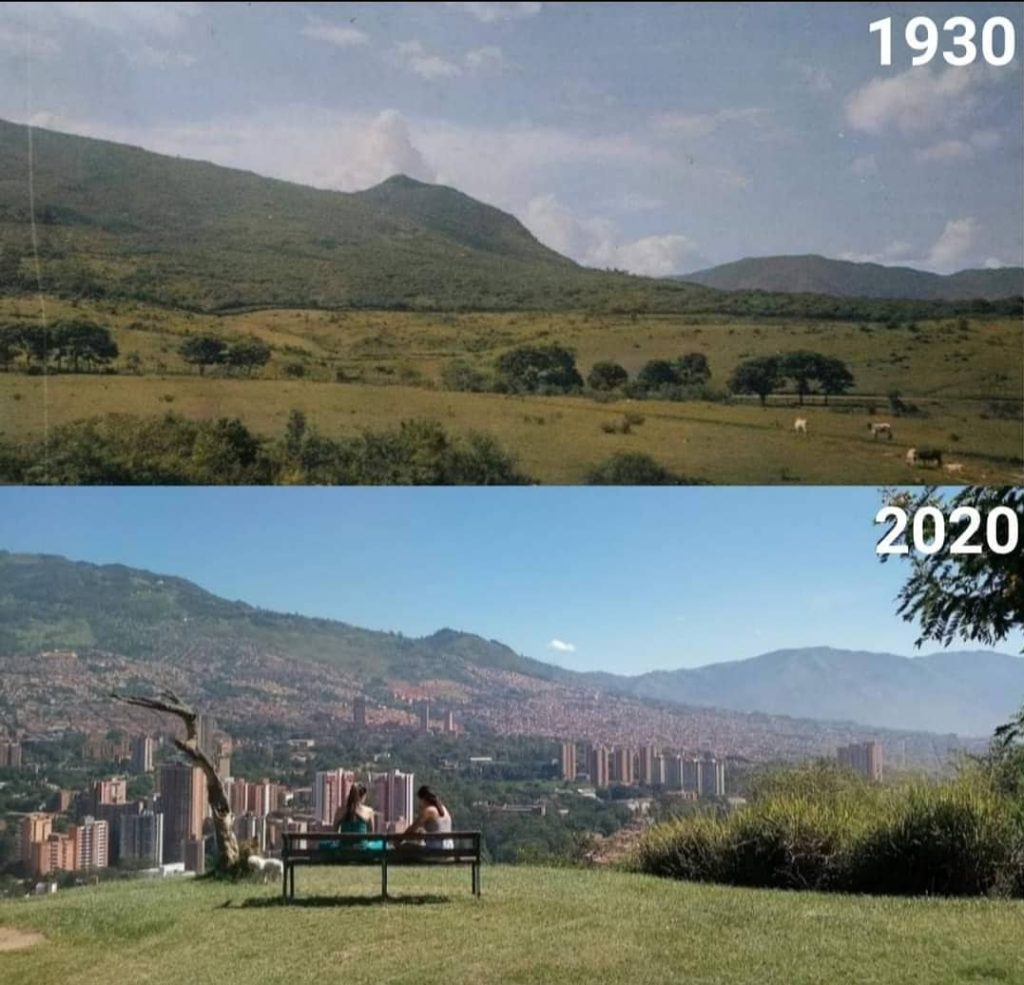5 Facts That Will Shatter Your Perception of Medellin
Medellin has not only been subject to a dark past but an even more stifling reputation.
By Kaveh Paymayesh

Yes, Medellin’s press is improving; there are plenty that have now visited and vehemently sing its praises. However, the city’s image is far from being in the clear and still dramatically polarising.
The fact is that Medellin’s reputation still echoes the horrors of its troubled past. The result is a discrepancy between reality and perception. Unfortunately, much of this perpetuated by shows like Narcos that cement the outdated image of this reinvented city.
Here are five facts about my favourite city:
1). You can drink the tap water (without punishment)
One of the easiest and most common ways to get ill when travelling is by consuming contaminated water. More often than not, drinking tap water is a no-no.
Medellin is one of the relatively few places around the world where you don’t have to worry about this. Actually, the tap water in Medellin is ranked as excellent.
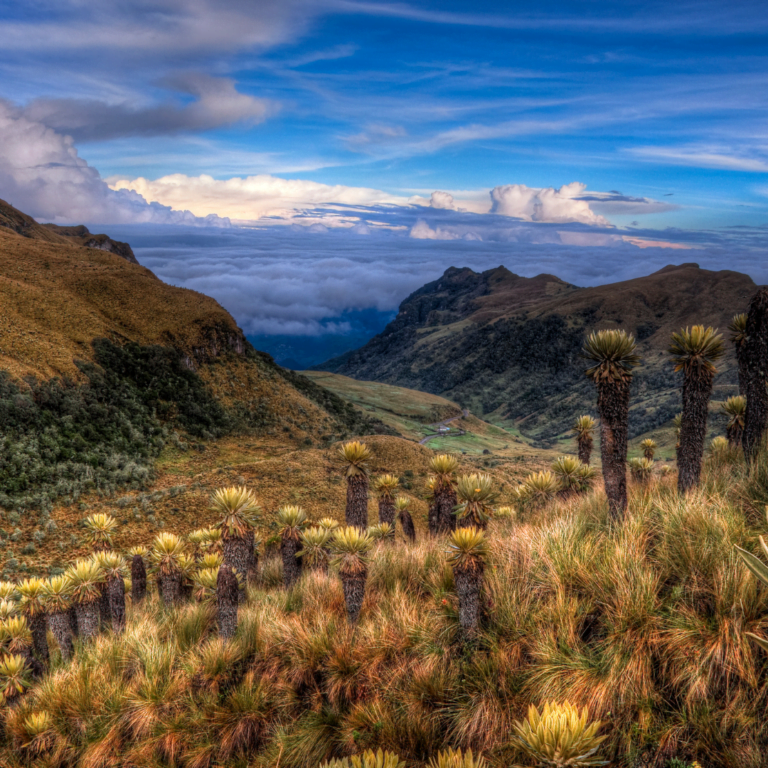

We’ve all travelled to amazing destinations where the luxury of drinkable tap water did not exist. Anyone that has done some basic travelling will know that this is a rarity. Even large swathes of the US are unable to claim to this accolade. Well, in the “City of Eternal Spring”, by all indexes, the water is purified and good to go.
This an indicator of organisation and competency in the city. It’s also a fact that little know about. It tends to really surprise people.
Independent of what has been stated here please do consult more credible sources before drinking tap water in Medellin, or anywhere you go for that matter.
Here is an external source of information.
2). Medellin was recognised as the most innovative city in the world
Way back in 2013 when I would have nonchalantly snubbed Medellin, it would have been busy winning the title as the most innovative city in the world! The fact alone that Medellin was able to transition from the most dangerous city in the world to one of the safest in the region requires serious innovative solutions in and of itself.
For context, by 1991 the murder rate in Medellin peaked at 380/100,000 people. In 2019 this figure dropped to 24.75/100,000.
One of the things that made Medellin so perilous was that it was fragmented; inaccessible and deprived communities known as comunas festered in darkness and became breeding hotspots for violence.
This was a big problem. What was the solution?
Frankly, it required a multi-faceted approach to the issue. Something that really helped though was the implementation of the metro-cable.
This innovation was able to bridge disenfranchised neighbourhoods to the rest of the city where its 40,000+ citizens could work, earn and engage freely. The changes were dramatic.
Launching in 2004, this was an investment that had never before been executed in an urban environment. It turned out to be a massive success, providing huge economic and social benefits to society!
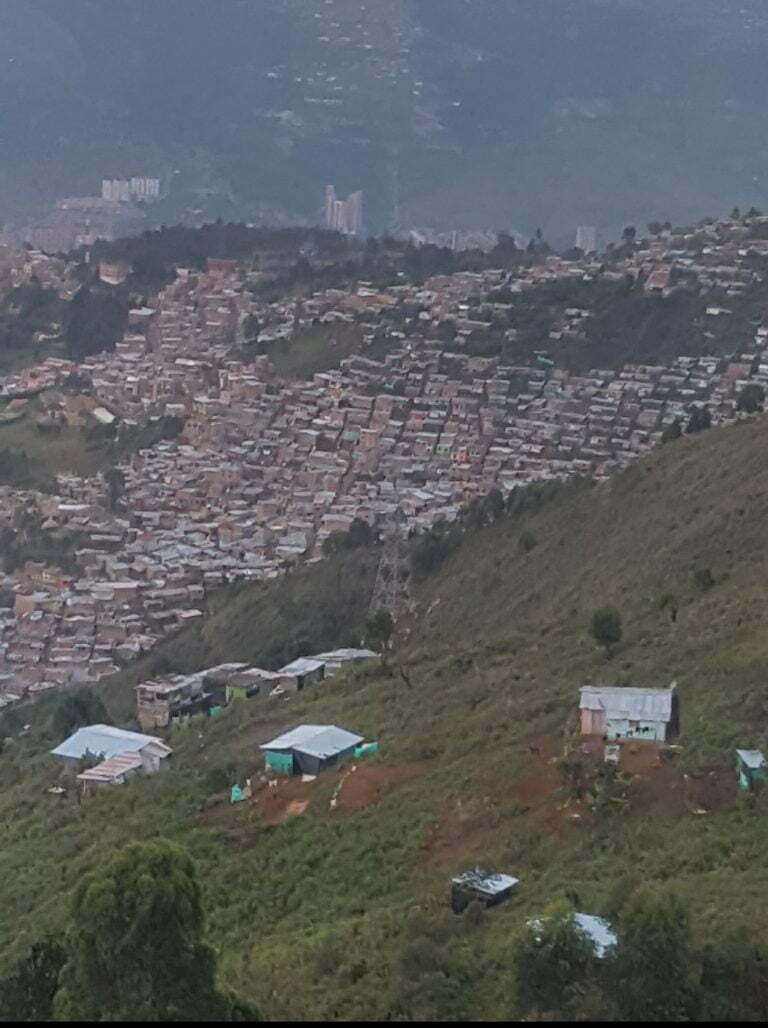
In the years that followed 5 more metro-cable lines were successfully launched, with another currently in progress.
In conjunction with the excellent Medellin Metro that runs through the heart of the valley, the result is an urban transportation system that can contend amongst the best.
Everybody knows that infrastructure brings us together, but in what was once a divided Medellin the city’s transport system has become a symbolic nexus.
Medellin simply leaves other Colombian cities such as Bogota in the dust when it comes to its transportation.
Located in a valley with comunas that awkwardly sprawl up the mountains, logistically speaking, Medellín should not be so cohesive. It should not work!
Yet it defies the odds; Medellin thrives as an inclusive and prideful society.
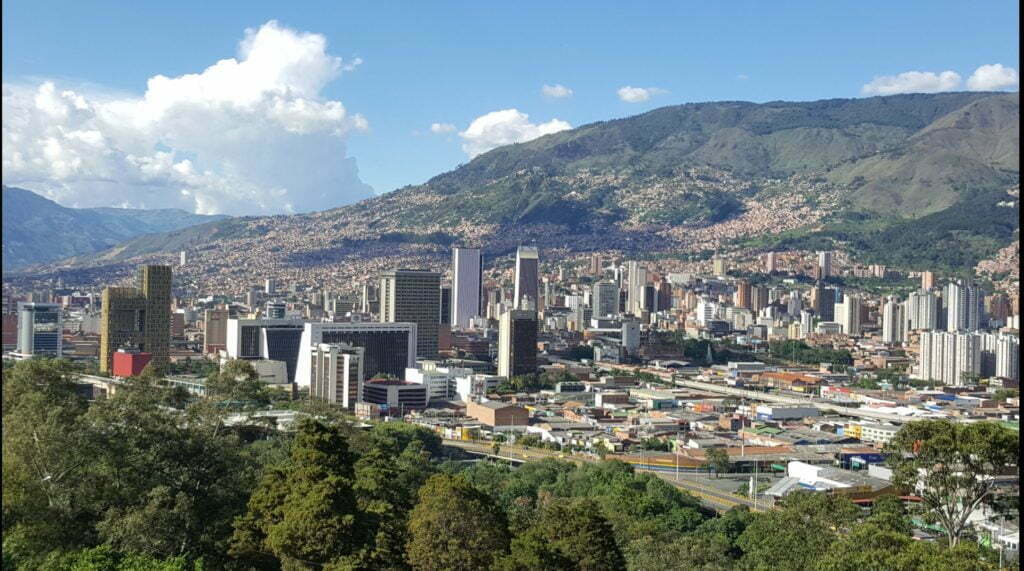
Comuna 13 - Cleaning up the hood
The city has not become complacent with its title of innovation. For those interested I recommend that you follow the Alcaldia de Medellin (City Hall of Medellin) on Instagram. You’ll see that the city continues in its endeavour to innovate, converting liabilities into assets, one-by-one!
A well-known example would be that of Comuna 13; once the most dangerous neighbourhood in Medellin which now boasts as one of the most trendy and vibrant.
Nestled along the western skirts of the city, I first visited in 2016 when this neighbourhood’s renovation was still in its infancy. It now garners massive crowds and brings business to thousands.
Comuna 13 would have been an economic desert just 25 years ago, let alone a warzone. Today it has developed its own economic sphere of activity– not too shabby for a ‘slum’.
Come to Comuna 13 for good music, entertainment and above all, amazing people!
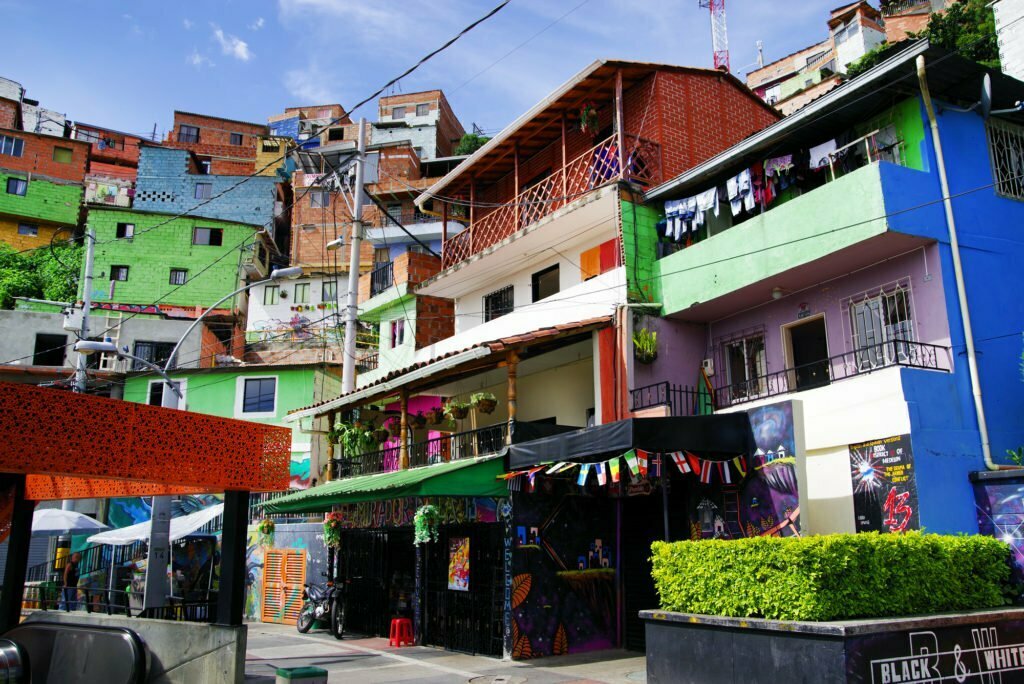
The value of investing in slums
Unfortunately, poverty and disparity are ubiquitous themes in South America. It therefore amazes me how Medellin responds to its share of societal issues.
The government here recognises the importance of investing in the areas that need it most.
Some of the city’s most magnificent facilities are nestled in the heart of its poorest neighbourhoods. Let’s take for example the neighbourhood of Santo Domingo; once the most dangerous place in Latin America; it now hosts the Parque Bibliotecha Espana.
By providing access to educational programmes, this library park serves the immediate (and most desperate) communities that surround it. Not only this, but it brings people to the community. It’s another innovative way to make the city feel more unified.
One of the most impressive features of this infrastructure though is surely its stature. It has become a landmark for the neighbourhood. So much so that it can even be spotted miles away from the basin (“ground level”) of the city.
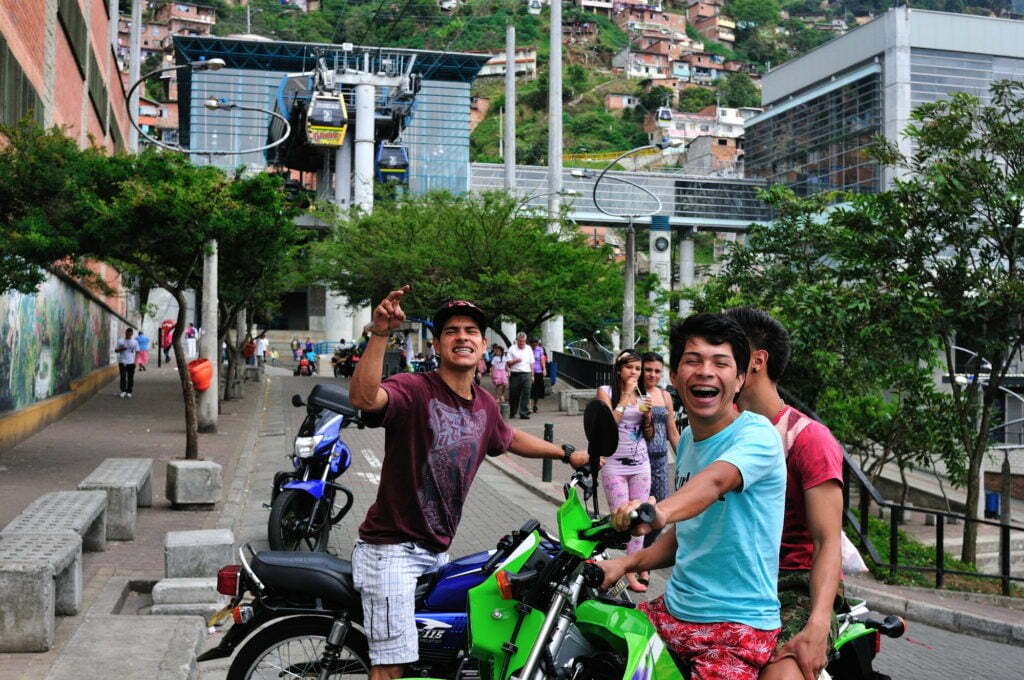
An enthralling characteristic of Medellin is that you’re in what they call a “hueco”.
That is, no matter in which direction you look, you’ll always be graced with the backdrop of beautiful mountain scenery.
Medellin’s mountains never fail to captivate the senses.
Once you get tired of the sight of those mountains then you are tired of life!
Here’s the thing: they are either colonised by rich green forests or densely packed grey slums.
Whilst we all know that trees are beautiful to look at, slums are supposed to be unsightly. Despite this I always find myself marvelling at them. That’s because they reward the discerning eyes of those that pay attention with spectacles such as the Parque Bibliotecha and metro-cable stations.

3). Some of Latin America’s biggest stars choose to call Medellin home
The likes of big names such as Maluma, J Balvin and Nicky Jam; with all their wealth elect to call Medellin home. Yes, they each own homes outside Colombia but spend the majority of their available time in this wonderful city.
Would this have been the case before? Highly doubt it.
With much of the Colombian diaspora being a result of Medellín’s troubled past, those with money would utilise their fortunes to create distance from the city. Today the converse is true.
A plethora of western actors, musicians and celebrities have come to Medellín to relish the new atmosphere. Will Smith, Tom Cruise, Vin Diesel and Snoop Dogg; all of them sing the praises of this city.
Nicky Jam, one of the biggest authorities in the Reggaeton domain, is eternally indebted to the city that he claims helped him quit drugs and launch his world-class career.

Like most he envisioned Medellín as a caricature: the world’s narco-sandpit, home of Pablo Escobar and murder capital.
Nicky Jam has first-hand experience in dealing with Medellin’s unwarranted perception. He recalls when people would laugh at him when telling them that he went to Colombia to clean himself of alcohol and drugs.
Fortunately for Nicky, that is exactly what he did; humbled by the humility of Medellin’s people, he dropped 100 pounds alongside his overweight ego. It was in and through this city that the Latin superstar was able to undergo a process self-realisation; something that was imperative for the success of his career.
Nicky’s case is a happy narrative that gets lost amongst the numerous accounts of Medellin’s dark past. His admiration of Medellin as a city that saved his life, soul and career is a sure sign that the city is shedding its old skin.
“Medellin gave me so much. It gave me back who I am: the person I am, the human being I am”
– Nicky Jam
4). Medical/dental/cosmetic tourism continue to flourish in Medellin
Before zealously sharing my own anecdotes, I’ll leave with you the following:
Colombia has been ranked by the World Health Organization in 2017 as having the 22nd most efficient health care system (amongst a total of 191 countries).
Furthermore, Medellin owns a large stake in this impressive feat with its contribution of hospitals, many of which ranked as the best in Latin America.
Most people don’t know:
- 26 Colombian hospitals and clinics are included amongst the 63 best in Latin America.
- The inflow of international patients to Colombia increased in 2019 at a rate of 25%. The region has seen successive growth at these rates since 2012.
- Between 2018 and 2019, health service exports realized a growth of 11%, reaching a total of $63 million.
The World Health Organization rated Colombia’s healthcare higher than that of the US and Canada. Whilst the ranking is grossly outdated (published in 2000), I have found numerous analyses that recognise the quality of healthcare provided in Colombia.
I will contend the following however: For the average Westerner, Colombia is likely going to be a better option for healthcare, cosmetics or dentistry than your place of nation of residence.
If you are from the US or UK then this is hands down.
Allow me to explain…
There has been an emerging phenomenon of both medical & dental tourism in Medellin. Every year, it appears more foreigners flock here to utilize economically priced, yet fantastic medical/dental care. Medical/dental/cosmetic tourism!
If you’re under the impression that the quality of care will be sub-optimal then I’m glad this blog can inform you otherwise.
The reality is that in the US the price of much medical and dental care continues to spiral out of control. Even just insurance costs a small fortune and is ineffectual, mostly covering just basic services such as dental cleanings and composite fillings.
Significant issues have to be paid out of pocket at rocketing rates. I know that in the US it’s not unusual to pay in excess of $20,000 for more major dental work (veneers and/or implants). This is out of pocket!
If this is the state of affairs then it should not be surprising to see people flocking abroad for care.
My personal dental experience
It was cheaper for me to fly from London to Medellin for 4 weeks and have dental work carried out than it was to have the same procedure carried out domestically.
This was 5 years ago and the results of my dental treatment have held out nicely (before anyone asks). The clinic that I went to was Dentix.
Is this not amazing?
Be aware that this clinic is not one that all Colombians have access to. We’re talking about the highest grade of care that is typically reserved for the more affluent demographic.
Dentix is where celebrities go to get their teeth sorted!
Yet, there I was; a scruffy 21 year old Brit coming to Medellin to get his teeth looking on-point!
I’m aware and very grateful of my position to be able to do this – not all Colombians are.
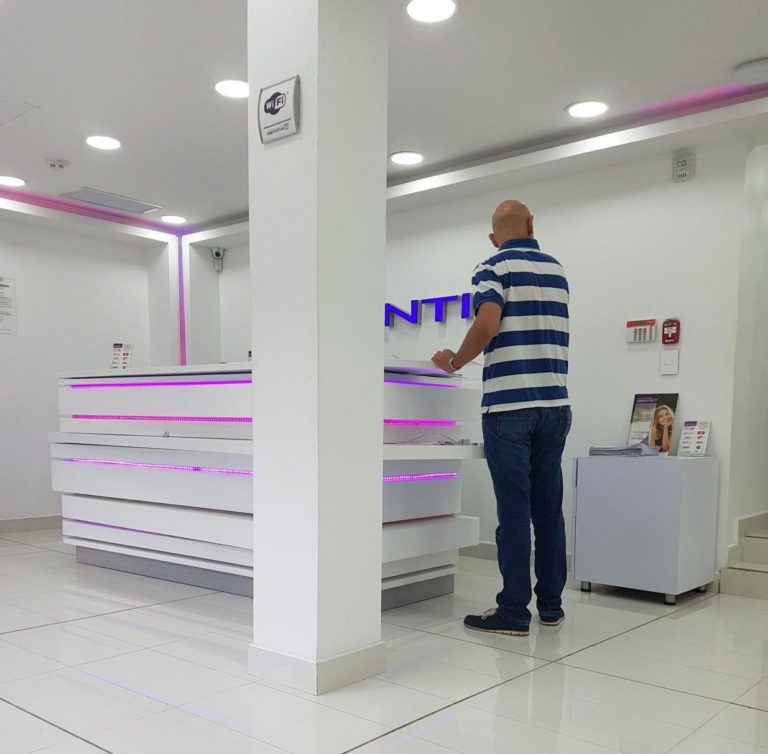
5). Medellin is an eco-city & urban forest (which continues to grow)
People tend to associate urban sprawls with the destruction of the biosphere. That is, as a city grows so does the expanse of land consumed and hacked down.
We have this presumption with good reason; in the UK it took just 6 years to clear and ‘pave over’ 22,000 hectares of green space. Most of this was for housing and to accommodate for the pervasive growth of urbanization.
Conversely, most people don’t know that in the turn of the 20th century Medellin would have been a hub for intensive agriculture and cattle-ranching. If you didn’t already know, these are two highly damaging activities for the environment and leave their mark on the landscape.
The Valle de Aburrá (where Medellin sits) was once largely devoid of trees. This was especially true in the flat areas of the valley as they were ideal locations for livestock.
The 20th century brought with it unprecedented growth in Medellin and the surrounding municipalities. Medellin was really starting to take shape as a city but photos in this period reveal that the dichotomy between city and nature was in full effect.
Large swathes of the city were essentially just paved over, with green spaces limited to parks scattered throughout the city.
The result was a stark contrast between the city and surrounding areas. Green vs grey!
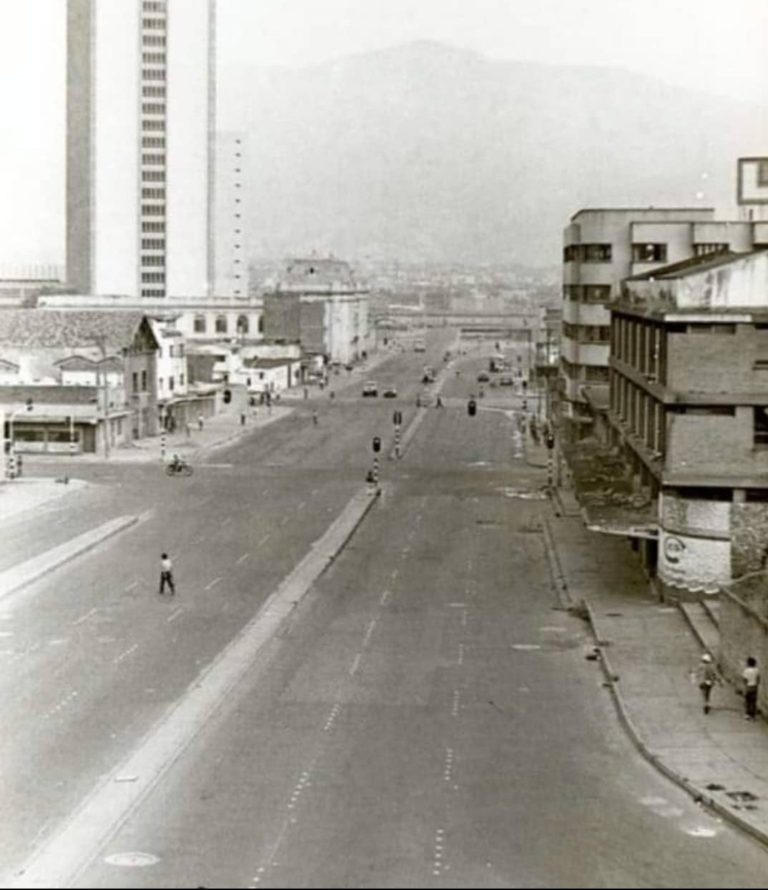
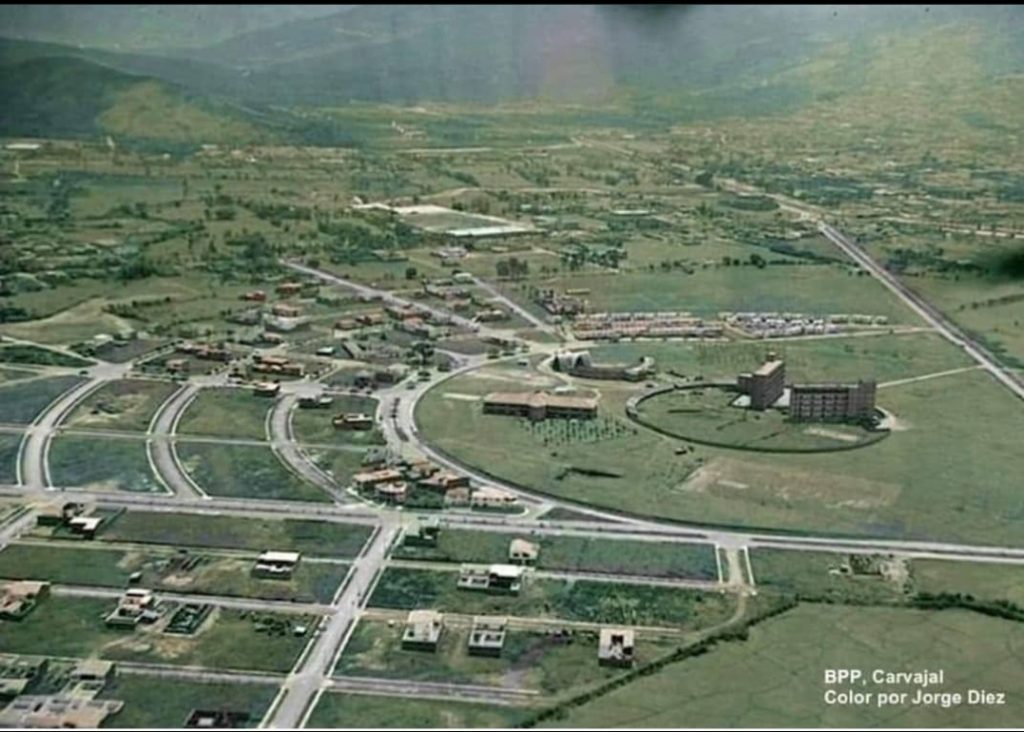
Fast forward to 2021 and 4 million people later this dichotomy no longer exists! As people moved in the cows moved out!
Medellin now actually brands itself as an “Ecociudad” (Ecocity) and clearly prioritises the need to foster biological diversity in the valley.
This warms my heart because Colombia is the most densely biologically diverse country in the planet. Rather than stripping urban areas of these amazing assets they now flaunt and showcase them.
If you have beautiful teeth then you smile. If you have big muscles then you flex them. If you have the biological prowess that Colombia does then…
In the endeavour of becoming an Ecociudad the city has embraced both an ambitious and multi-faceted strategy. In essence, the nexus for urban planning in Medellin is ecological prosperity. With this the city has already invested big time in green infrastructure, transportation, technology and schools.
It appears that all developments and projects are informed by a sincere concern for the environment, rather than it being an impediment that the government has to work around.
This is refreshing and discernible. After all, we are passing a time where Corporate Social Responsibility is more often a veneer of change than a genuinely concerted effort to make improvements for the future.
Medellin still has its parks, but they are no longer the only places where you’ll find an ecological presence in the city. Just look at drone shots of El Poblado; the canopy is so extensive that in large parts of the neighbourhood you can’t even see the ground.
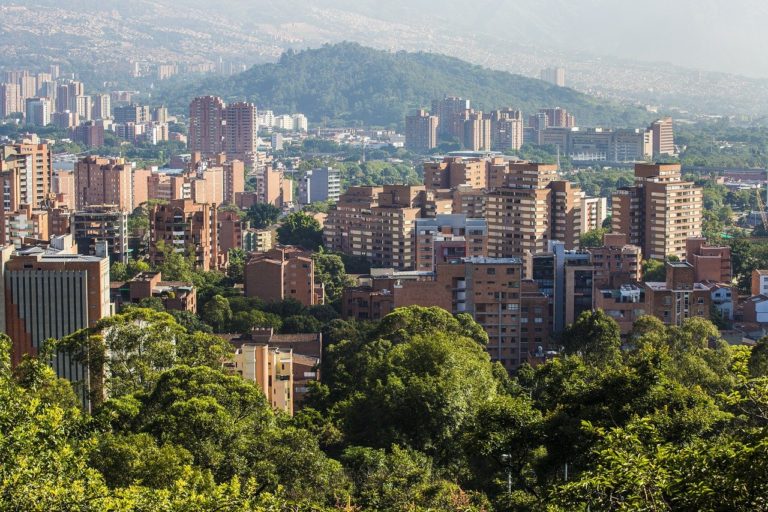
Medellin allows you to enjoy the perks of being in a city but constantly reminds you that you are indeed in the domain of the tropics. You get to experience this green-integration in Medellin more so than any other city in Colombia (or dare I say it: in the world).
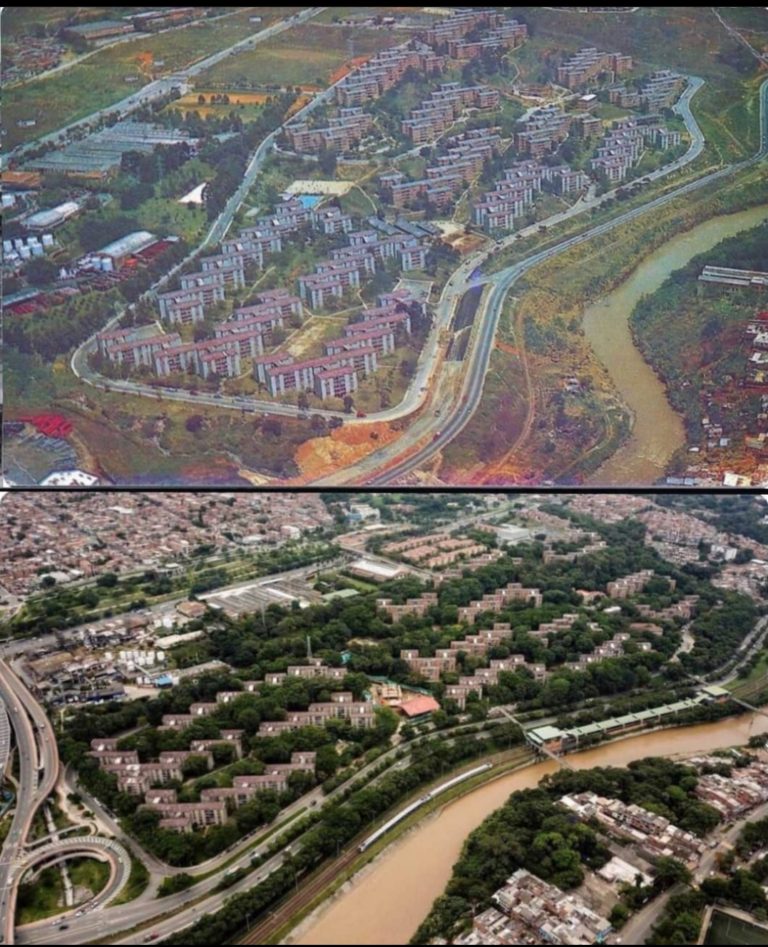
Facebook
Twitter
LinkedIn
Reddit
